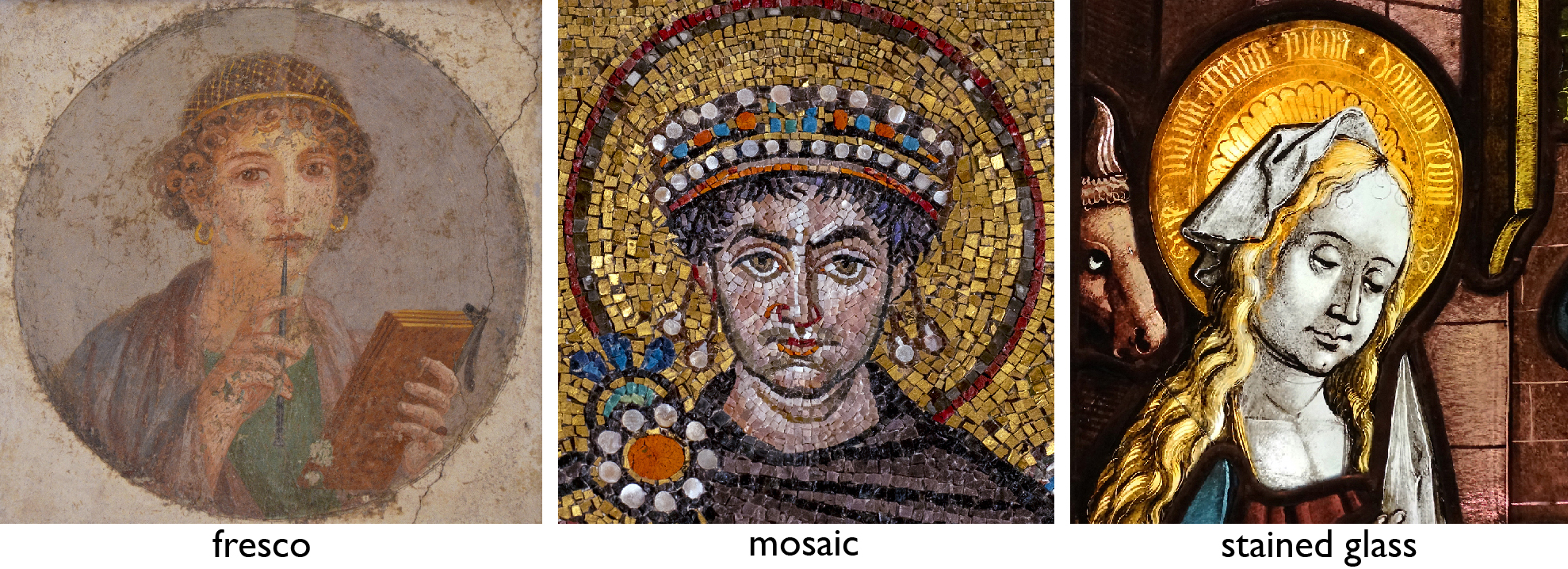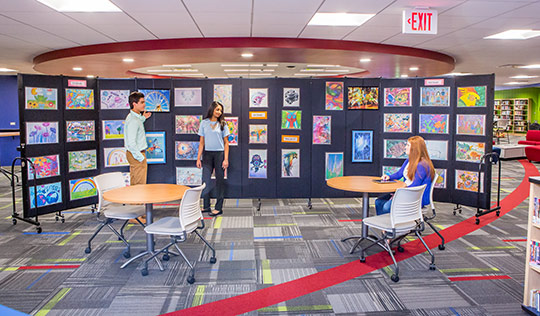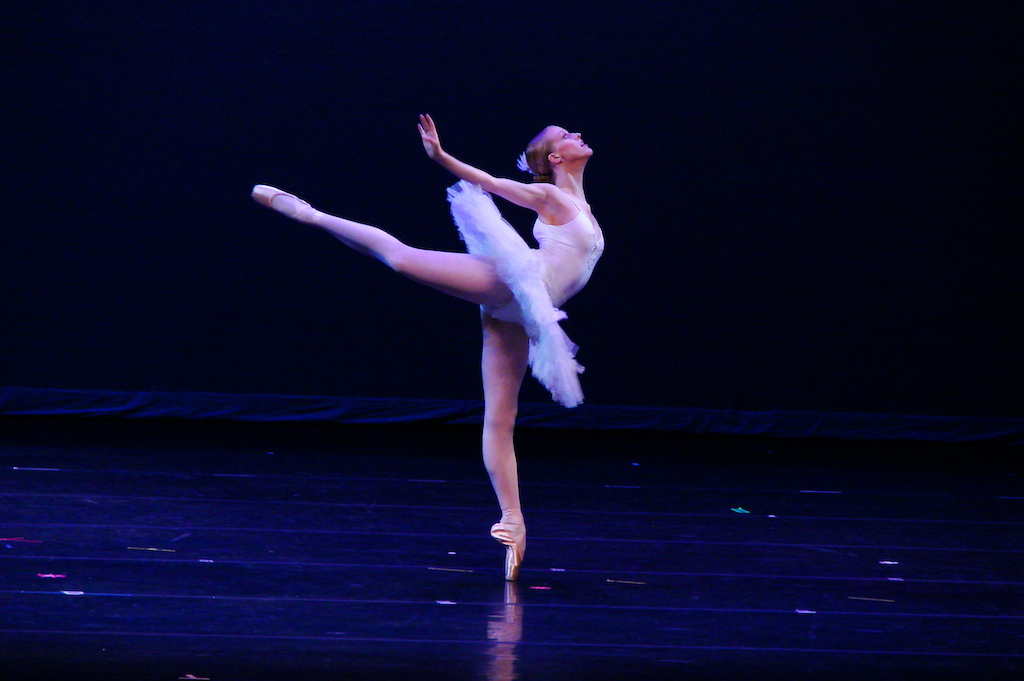Title: Exploring the Legacy of Historical Criticism in Art and Culture
Introduction:
Historical Criticism holds a significant place in the realm of art and culture. With its roots tracing back centuries, this critical approach has shaped our understanding and interpretation of various artistic movements and cultural phenomena. In this blog post, we will delve into the rich legacy of historical criticism, examining its relevance and influence in contemporary society.
Understanding Historical Criticism:
Historical Criticism involves analyzing artworks and cultural artifacts within the context of their historical and social backgrounds. It seeks to unravel the intentions, meanings, and impacts of creative expressions, providing a deeper comprehension of artistic movements and cultural shifts over time.
Impact on Art Interpretation:
1. Contextual Interpretation: Historical criticism allows us to decode the symbolism and meaning behind artistic works by considering the historical circumstances in which they were created. This approach helps art enthusiasts appreciate the intentions and messages artists conveyed through their creations.
2. Cultural and Social Analysis: By examining the social, political, and cultural contexts surrounding artworks, historical criticism unveils the underlying ideologies and values of different time periods. This analysis enables us to better appreciate the broader cultural significance of artistic movements.
3. Evolution of Style and Technique: Through historical criticism, we can trace the development of artistic styles, techniques, and influences across different eras. This understanding helps us recognize the connections and progressions in art history and how artists have built upon previous traditions.
The Relevance in Contemporary Society:
1. Preservation and Conservation: Historical criticism plays a vital role in the preservation and conservation of artworks. By studying the historical and cultural significance of a piece, experts can make informed decisions about its restoration, ensuring its longevity for future generations to appreciate.
2. Identity and Representation: Examining historical artworks through the lens of criticism helps us explore issues of identity, representation, and power dynamics. By analyzing the historical narratives portrayed in artworks, we can uncover hidden perspectives and challenge dominant narratives, contributing to a more inclusive and diverse cultural landscape.
3. Education and Learning: Incorporating historical criticism in art education enhances students’ understanding of the complexity and richness of artistic traditions. By exploring the historical context and critical analysis of artworks, students develop critical thinking skills and a deeper appreciation for cultural diversity.
Conclusion:
The legacy of historical criticism in art and culture continues to shape our understanding and appreciation of creative expressions. Through contextual interpretation, cultural analysis, and tracing the evolution of artistic movements, we gain valuable insights into the intentions and meanings behind artworks. Furthermore, historical criticism remains relevant in contemporary society, aiding preservation efforts, fostering inclusivity, and facilitating education. Embracing historical criticism opens doors to unlocking the past while enriching our present cultural landscape. By recognizing the significance of this critical approach, we can enhance our ability to navigate the world of art and culture with a more profound understanding and appreciation.











